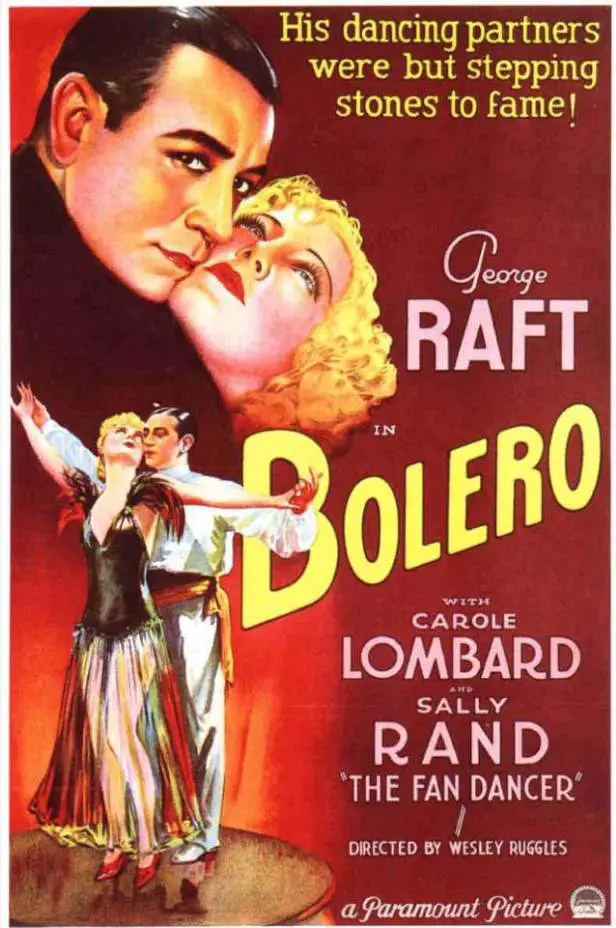Conducted by Thierry Fischer, a Spanish symphony orchestra based in Valladolid, the Orquesta Sinfónica de Castilla y Léon performs Maurice Ravel’s “Boléro“, a one-movement orchestral piece, originally composed as a ballet commissioned by Russian actress and dancer Ida Rubinstein (1885-1960). Recorded on August 18, 2023, at the Concertgebouw, Amsterdam.
Maurice Ravel’s Boléro
“Boléro” is an orchestral piece by the French composer Maurice Ravel, first performed in 1928. The work is noted for its hypnotic repetition of a simple, two-part melody and relentless, growing crescendo that builds to a feverish climax.
The piece starts with a snare drum setting a relentless rhythm, which serves as the backbone throughout the composition. The piece then goes on to present the main melody, which is incredibly simple-comprising just a couple of phrases. This melody is repeated multiple times and passed around different sections of the orchestra. What makes “Boléro” fascinating is how these repetitions are not mere copies of one another. Each repetition introduces subtle changes in orchestration, timbre, and dynamics. The snare drum continues in the background, never changing its rhythm.
The orchestration is a crucial aspect of the piece. Ravel was a master of orchestration, and in “Boléro,” he uses the orchestra like a palette of colors, showing off the unique timbral characteristics of each instrument or section. The piece starts quietly with just one or a few instruments playing the theme. As it progresses, more and more instruments are added, culminating in a grand, full-orchestra finale.
“Boléro” has sometimes been described as a mere “orchestration exercise” due to its simplicity and repetition. Ravel himself purportedly described the piece as “orchestral tissue without music” – essentially indicating that it lacked the complex structures often associated with ‘serious’ compositions. However, its power to captivate audiences suggests there’s more to it than mere repetition. There are many interpretations of what the piece represents. Some see it as an exercise in the slow build-up of tension, others as a musical expression of sexual climax, and yet others as an exploration of the colors and timbres possible within an orchestra.
Today, “Boléro” is one of the most recognized pieces of classical music, frequently performed in concert halls and used in various other contexts, such as film and advertisements. Its structure, breaking away from conventional norms of composition, had a significant influence on later composers and is often cited in discussions on music psychology due to its emotive power derived from repetition and gradual change.
“Boléro” is an enduring piece that demonstrates the power of simplicity and the effect of incremental changes. It serves as an example of how a composer can take minimal musical material and transform it into something engaging and dramatic through skillful orchestration and structural planning.

Sources
- Ravel’s Boléro on Wikipedia
- Maurice Ravel on Wikipedia

